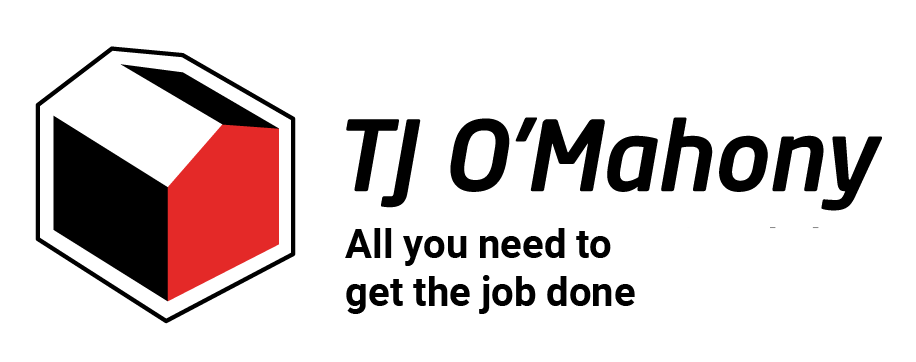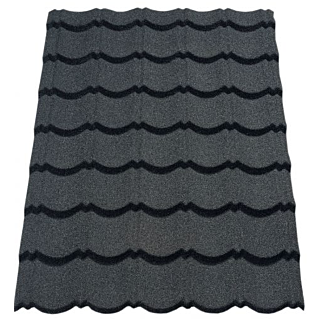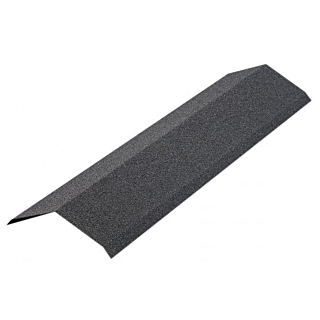Category
- VAT: Inc Ex
- Shop by department
- Back
- Building Materials
- Back
- All Building Materials
- Blocks
- Bricks
- Cements, Concrete & Mortars
- Reinforcement
- DPC DPM Radon Geotextile
- Ventilation
- Gutter & Downpipe
- Underground Pipe & Conduit
- Roof Materials
- Slates and Tiles
- Lead Flashing
- Fascia and Soffit
- Roof Windows
- Building Chemicals & Sealants
- Sheeting
- Aggregates
- Lintels
- Scaffolding
- Farm Materials
- Timber Products
- Insulation Plastering
- Back
- All Insulation Plastering
- Plaster Mix & Accessories
- Plasterboards
- Metal Stud Sections
- Air Tightness Solutions
- Roof & Loft Insulation
- Fire Protection Insulation
- Acoustic Insulation
- Cavity Wall Insulation
- Rainscreen External Wall Insulation
- Rigid Floor Insulation
- Rockwool Insulation
- Knauf Insulation
- Knauf Drywall
- Isover Insulation
- Xtratherm
- Installation Guide
- Heating & Plumbing
- Tiles & Bathrooms
- Kitchen Kits
- Doors & Floors
- Paint & Decorating
- Tools & Fixings
- Electronics
- Paving & Decking
- Workwear
- Garden Centre
- Home Plus
- All Jumbo Bags
- Special Offers
- Special Offers
- Contact Us
- Handy Hardware



